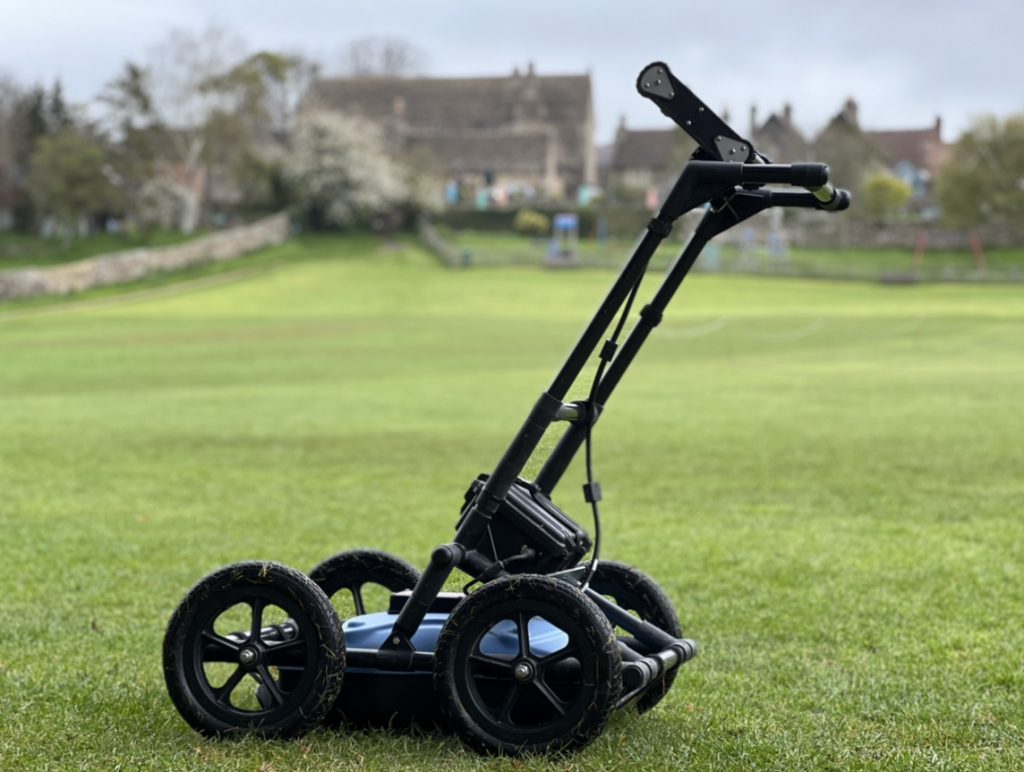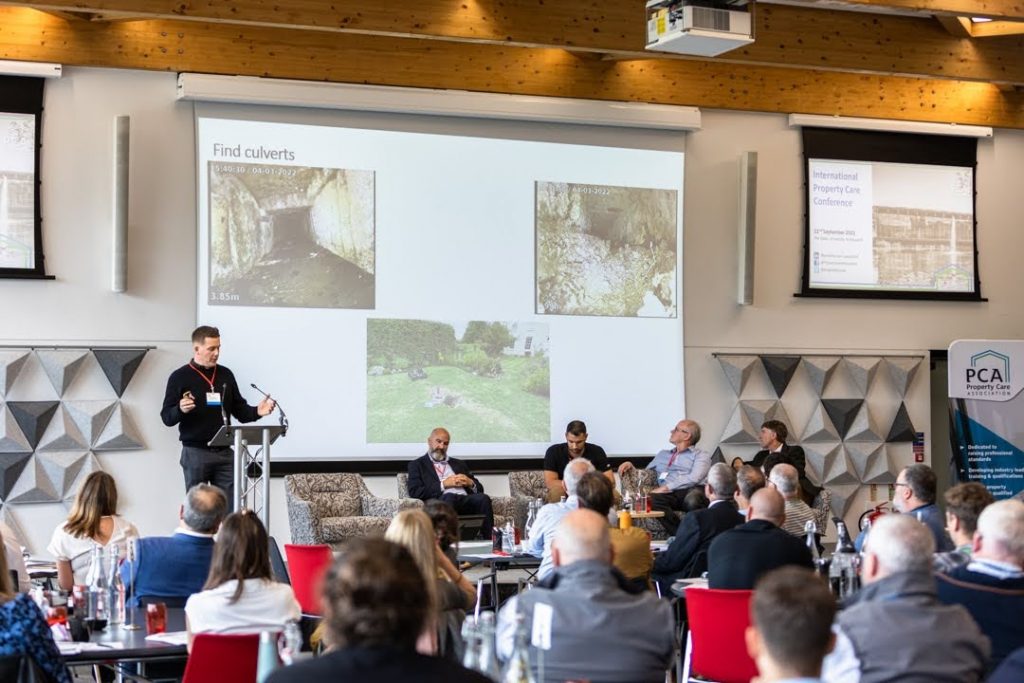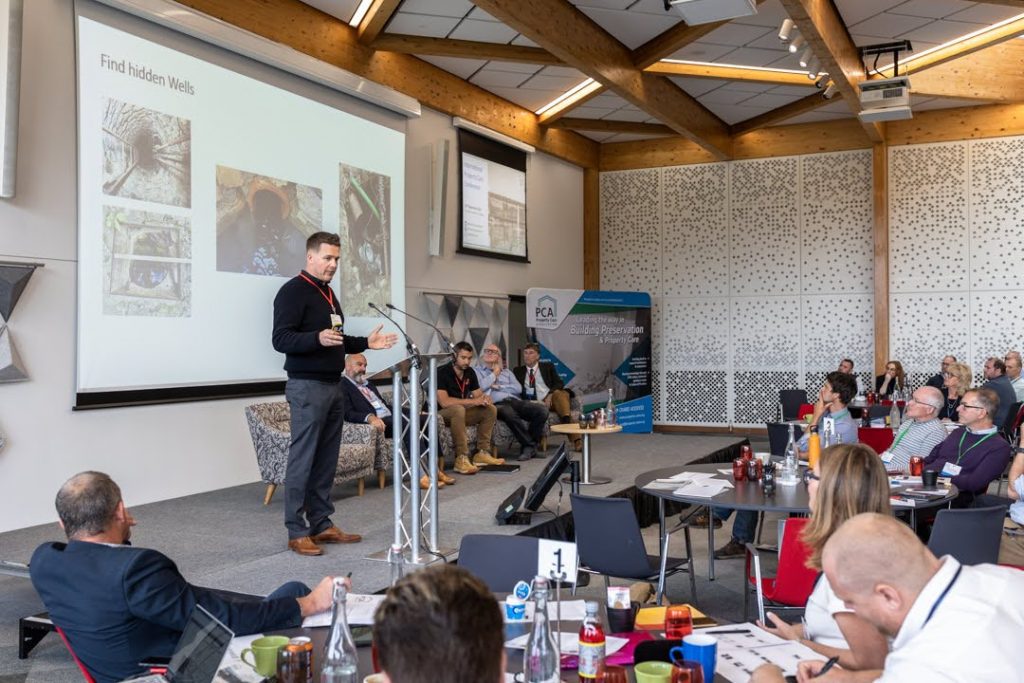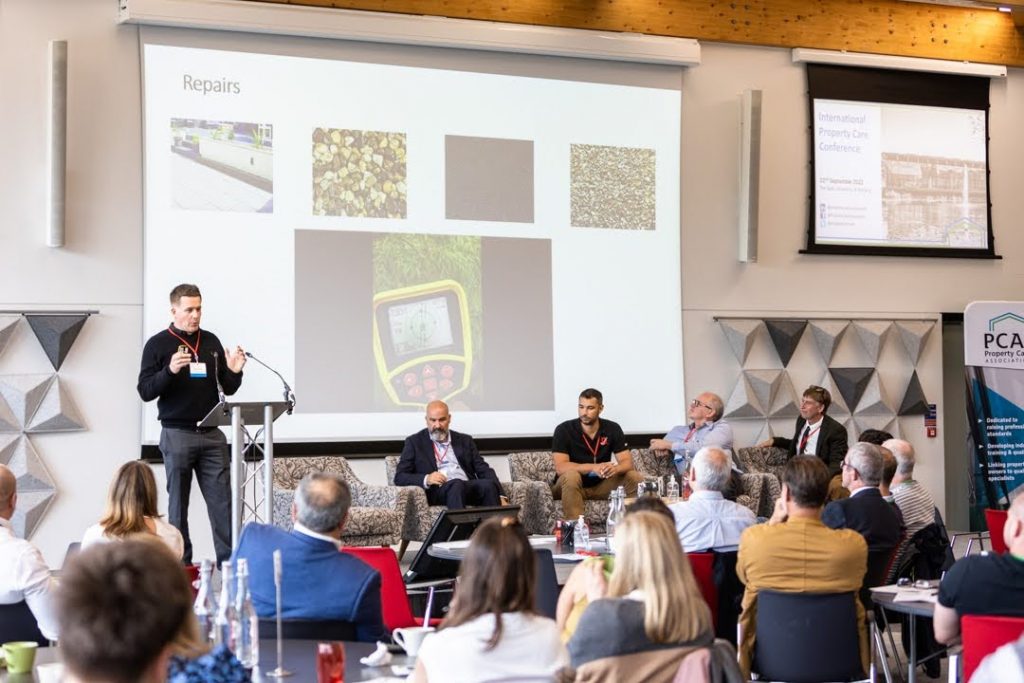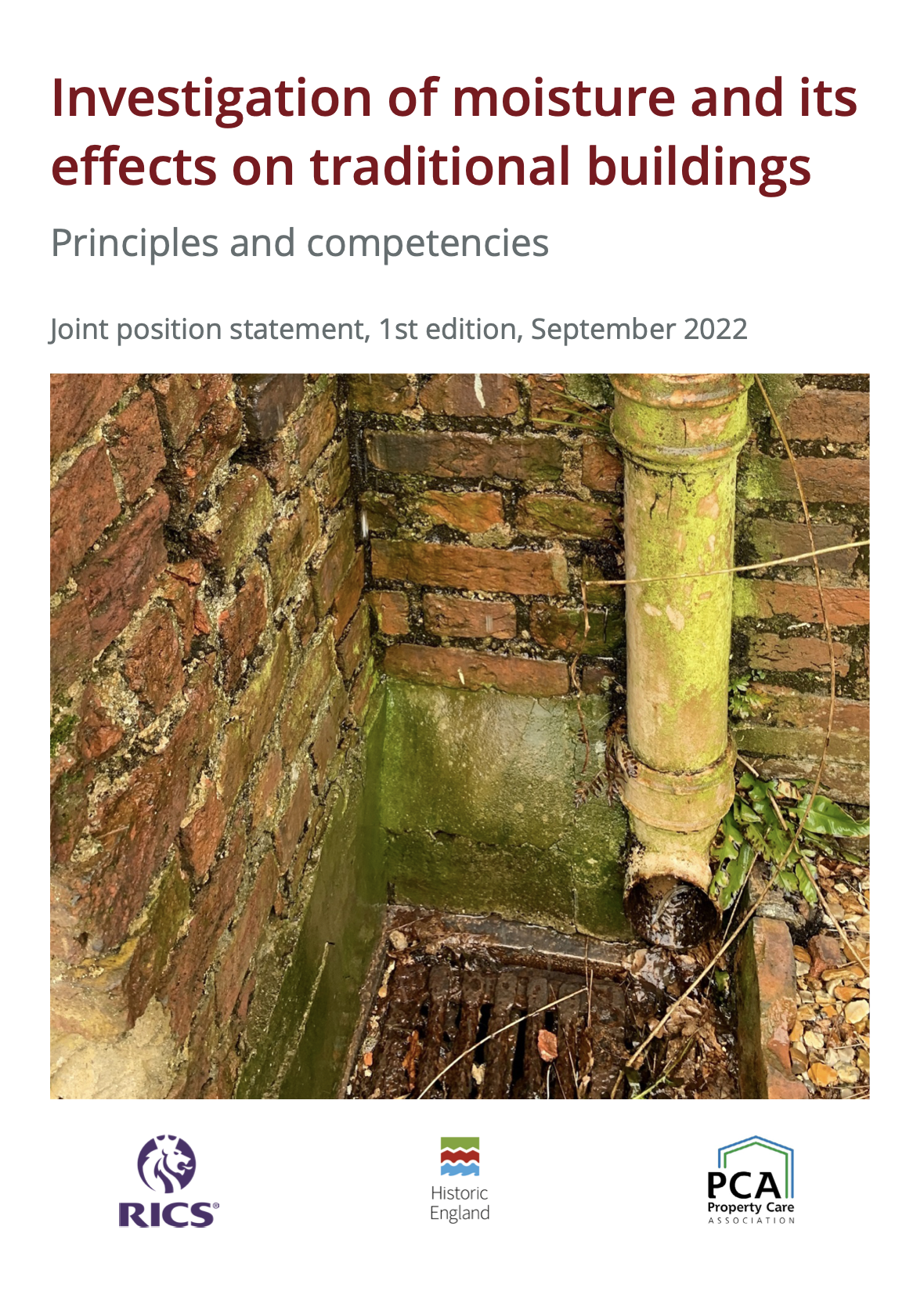
Investigation of moisture and its effects on traditional buildings. Principles and competencies joint position statement
By: admin | Posted on: October 14, 2022
Joint position statement, 1st edition, September 2022, 1st edition, September 2022
Finally after the first joint draft methodology was published in 2019, this was launched at the International Property Care Conference.
What is really great is that finally everybody is talking, and this joint position statement will hopefully help everybody progress in offering more detailed damp investigations/diagnosis, and the consumer should receive better advice in regards to damp issues, and advice on any repairs where necessary.
See my thoughts at the end, and some images of the conference.
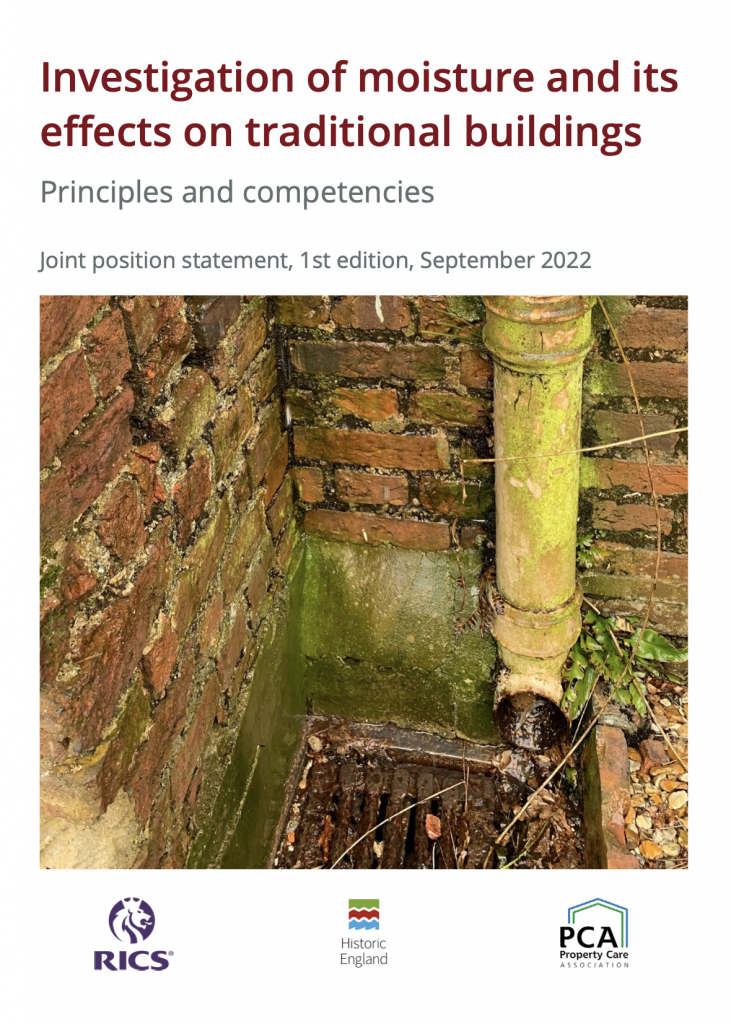
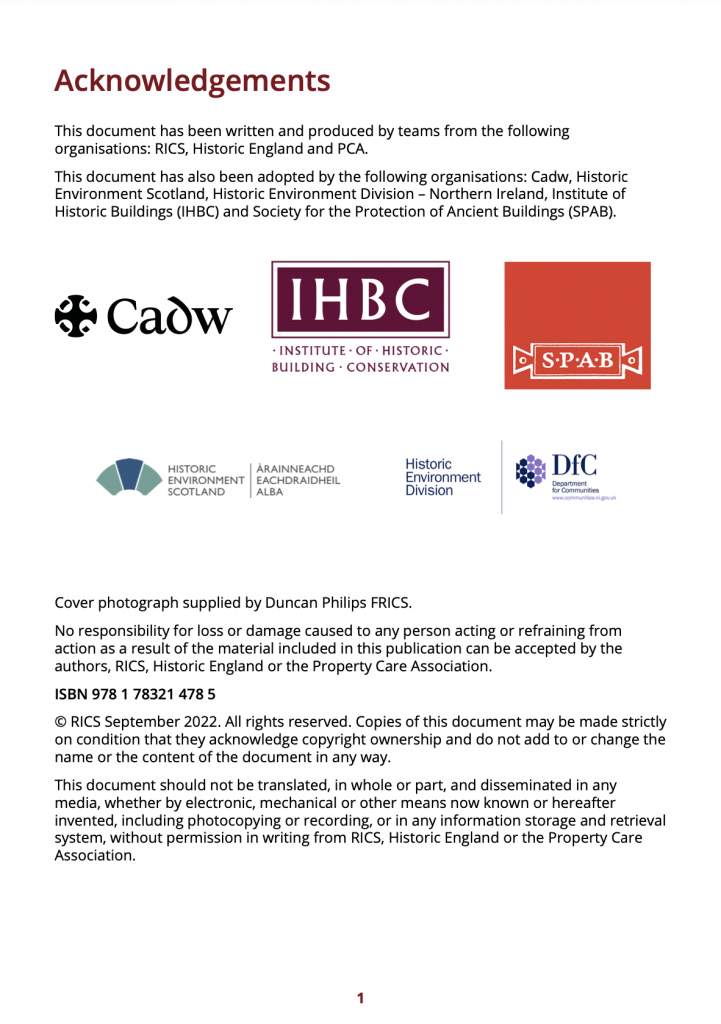
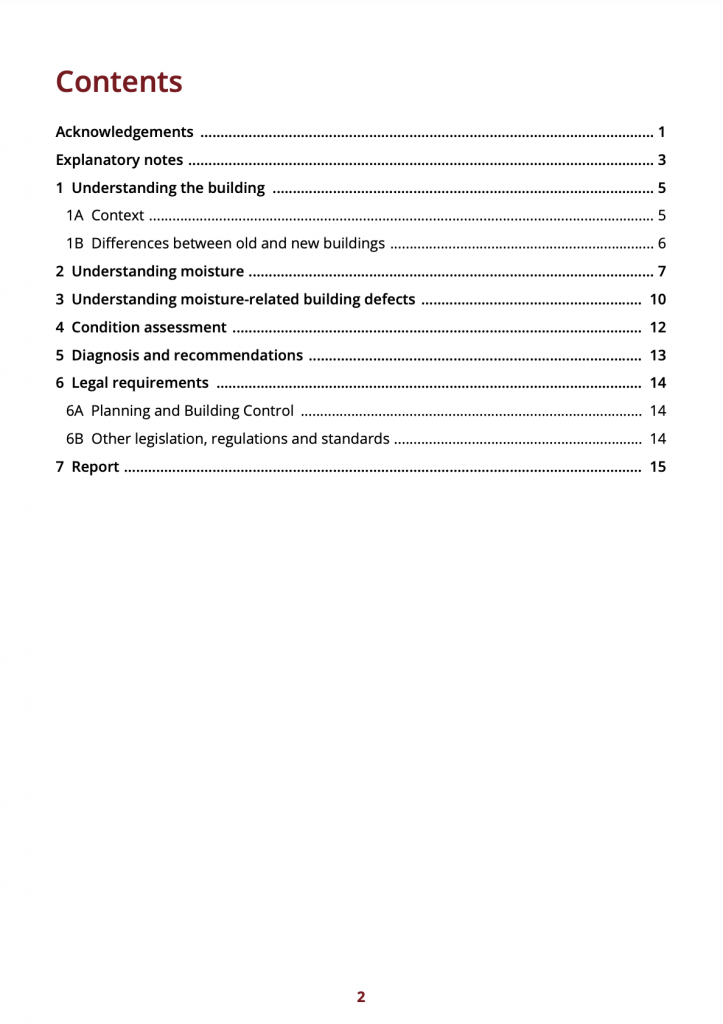
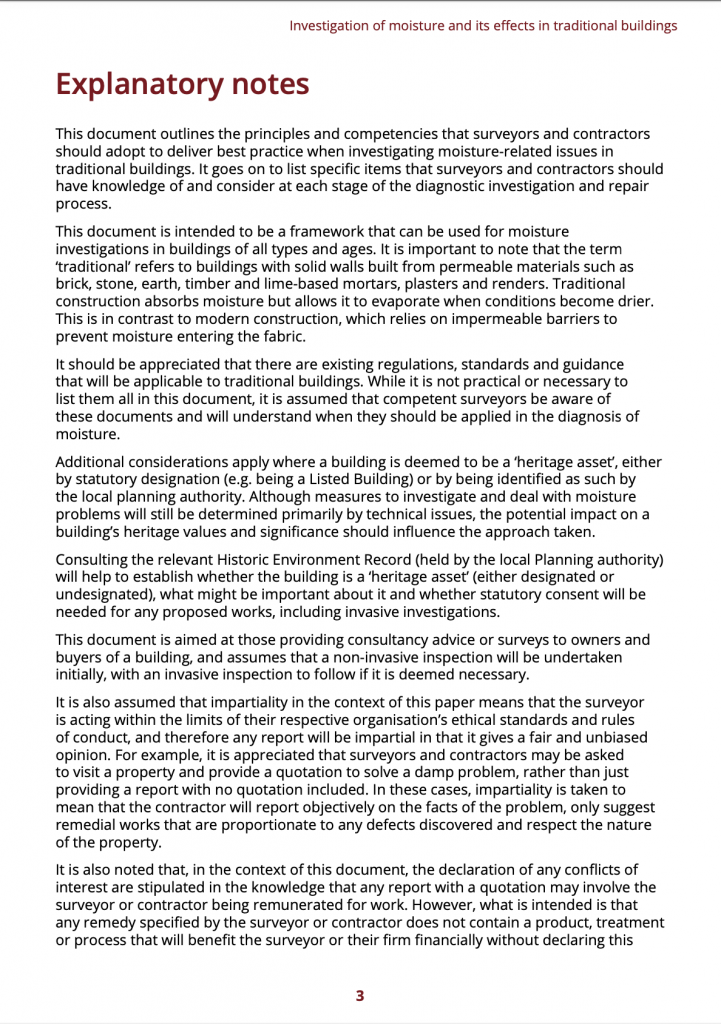
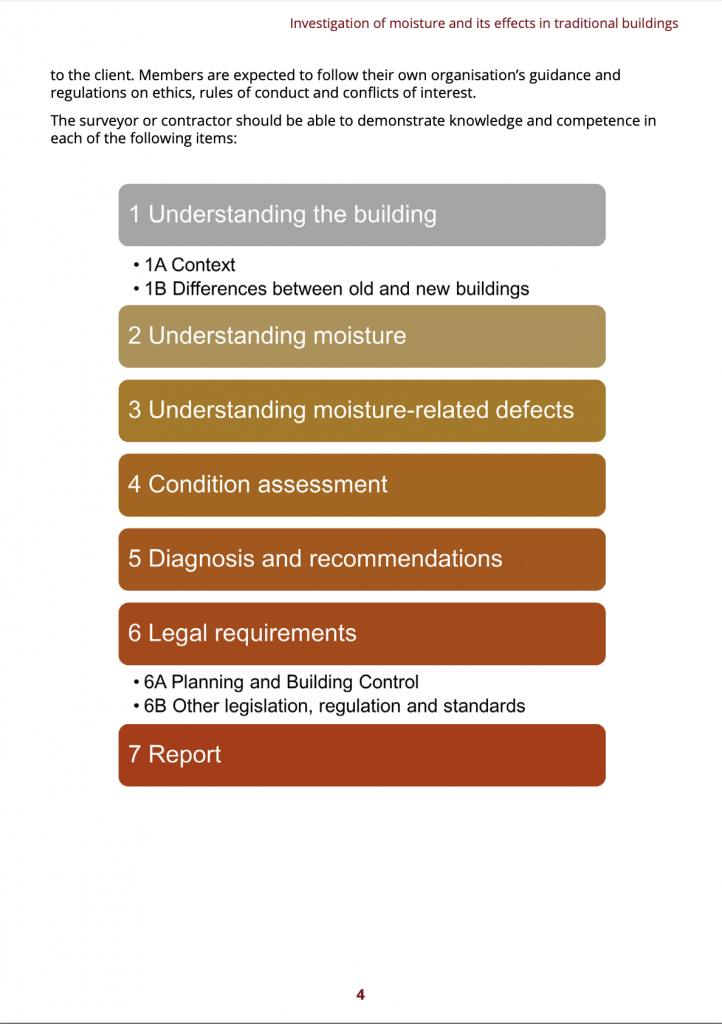
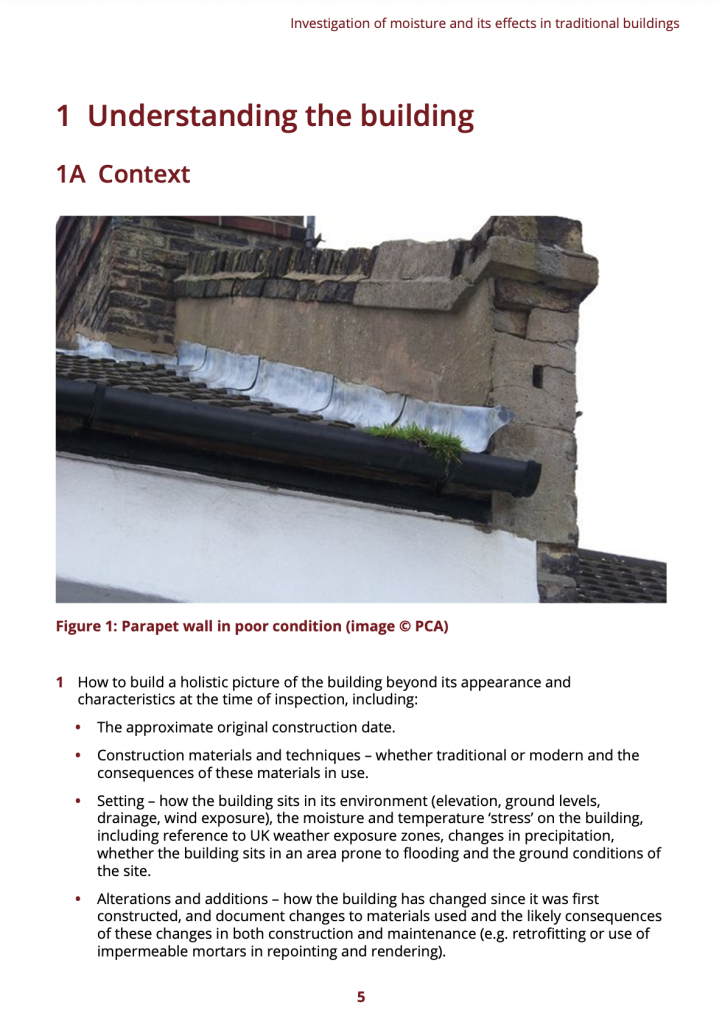
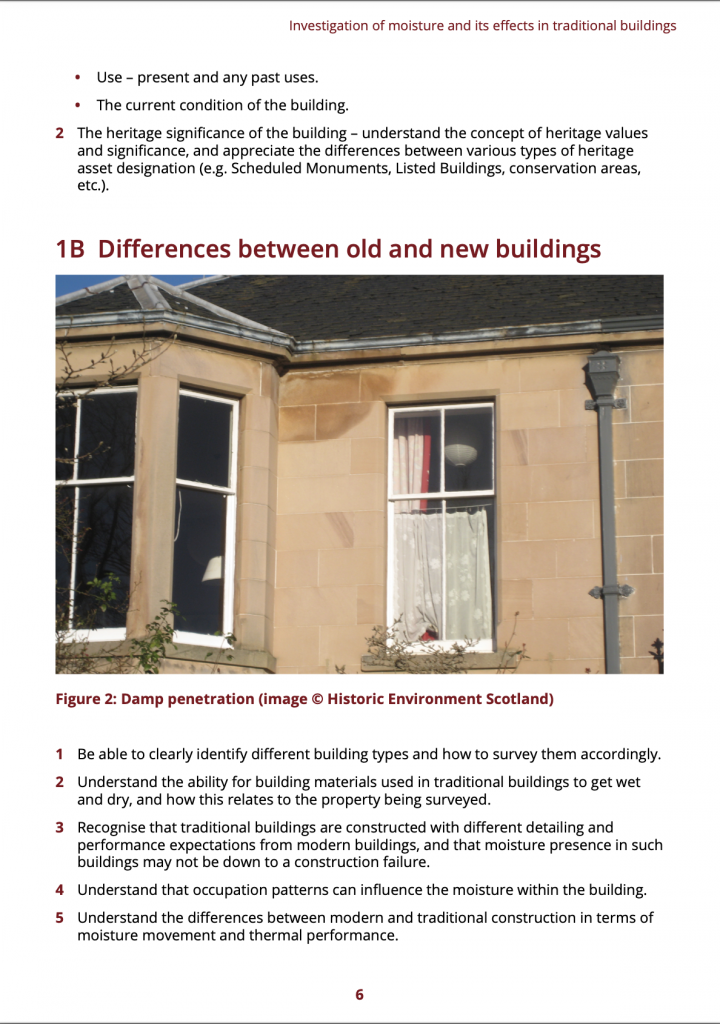
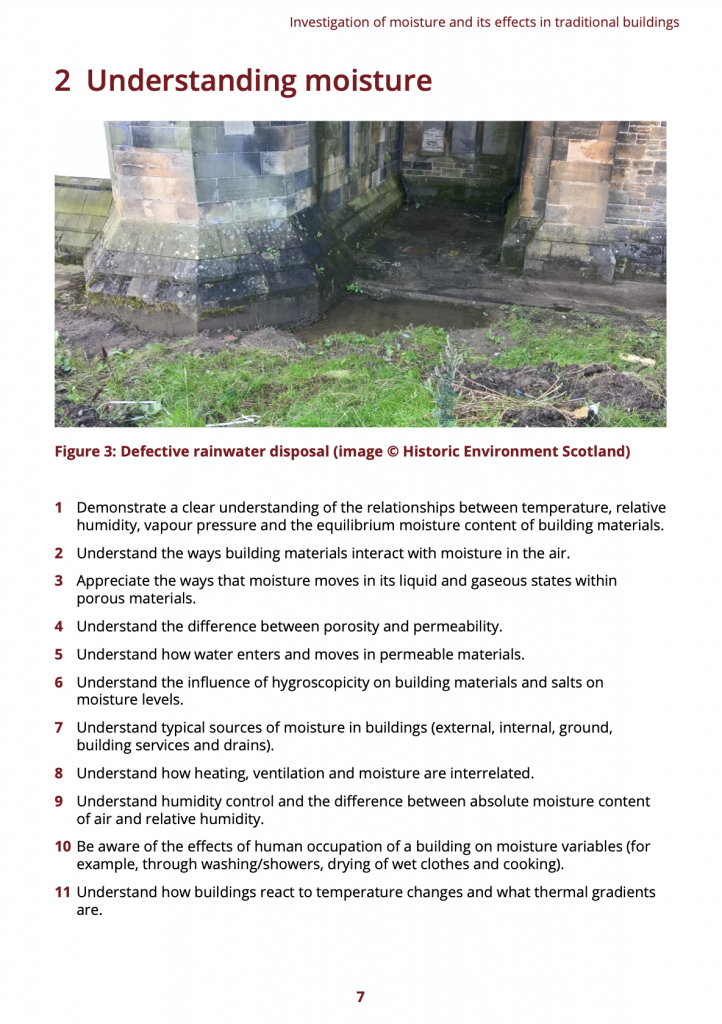
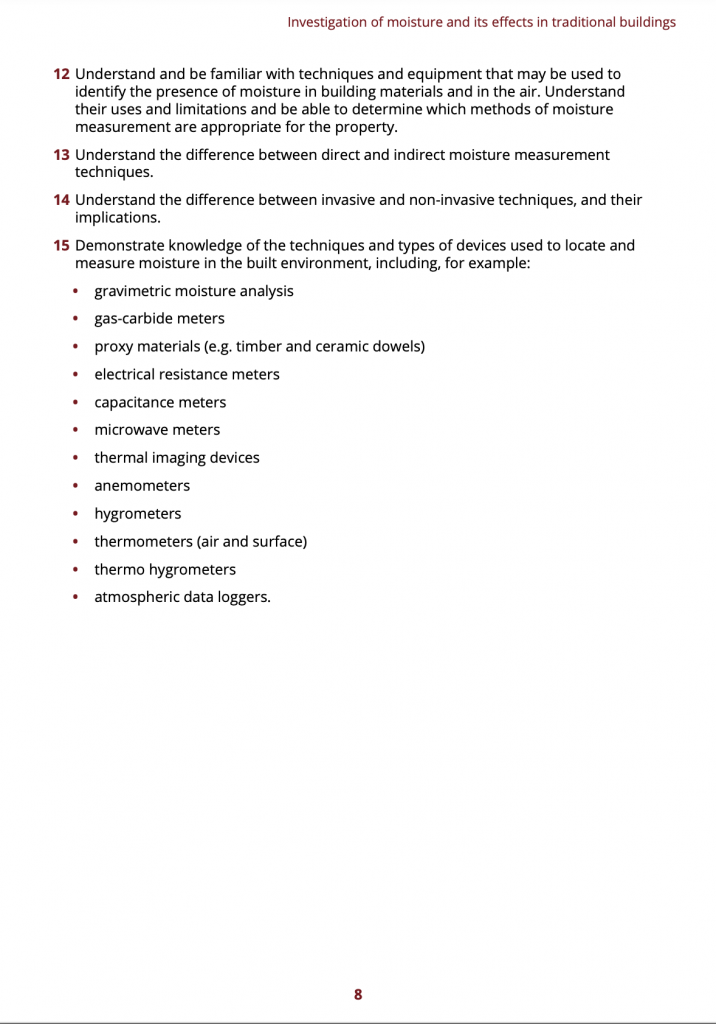
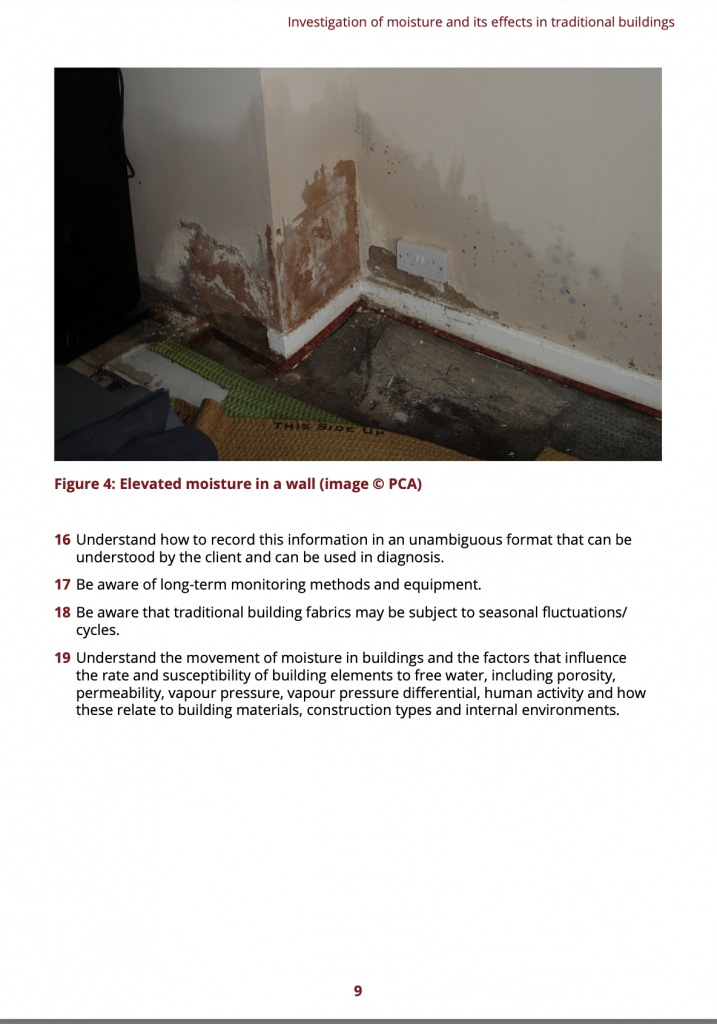
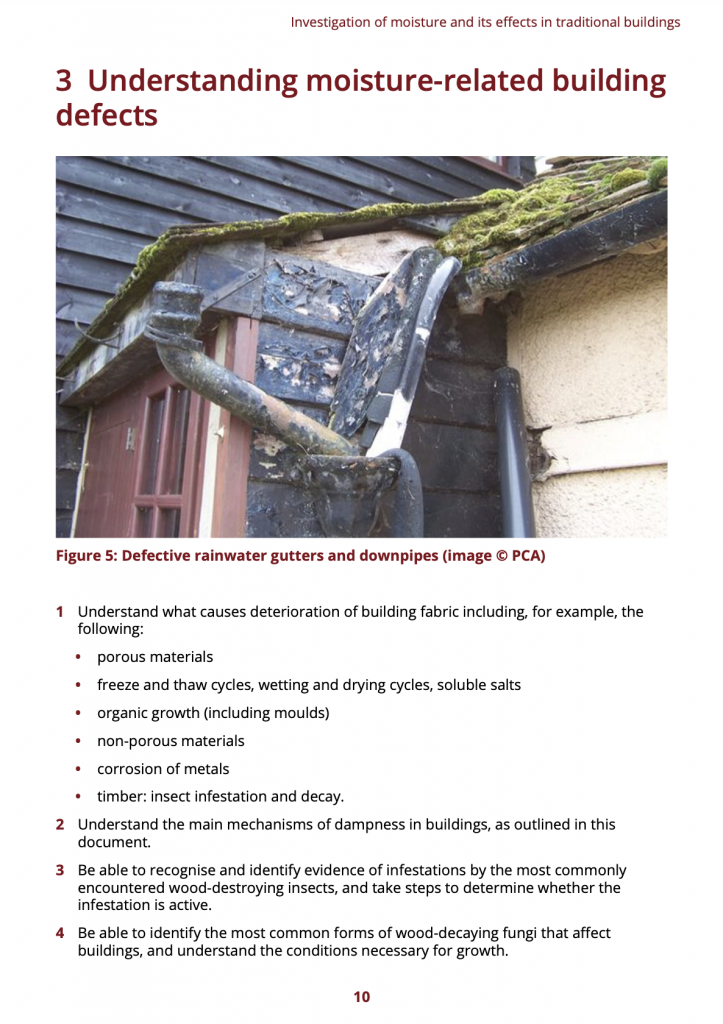
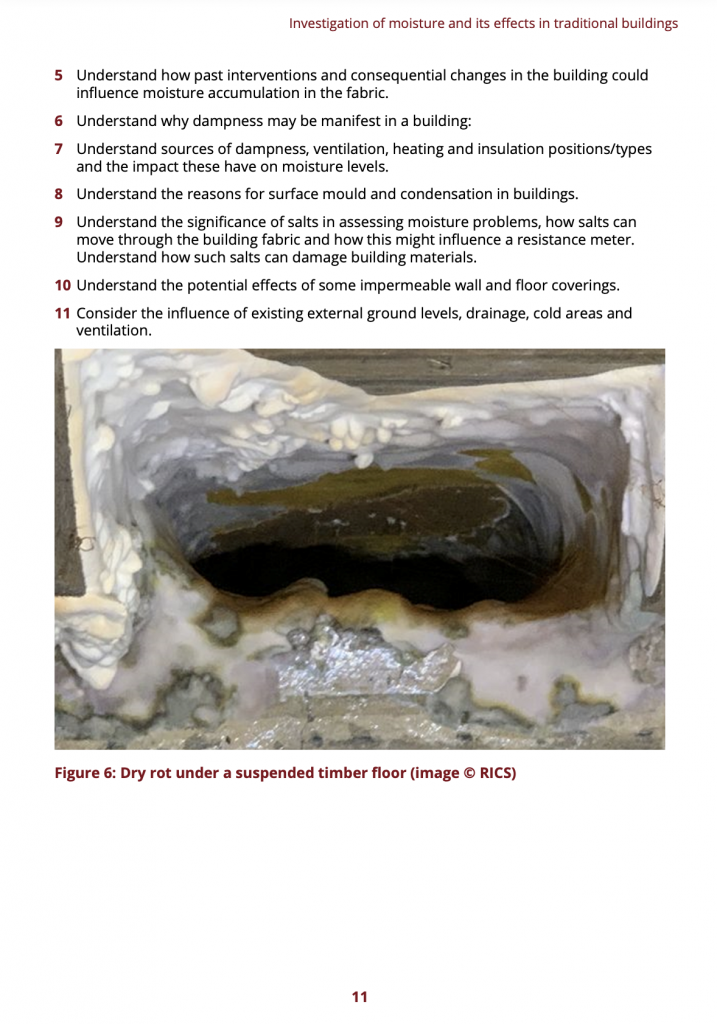
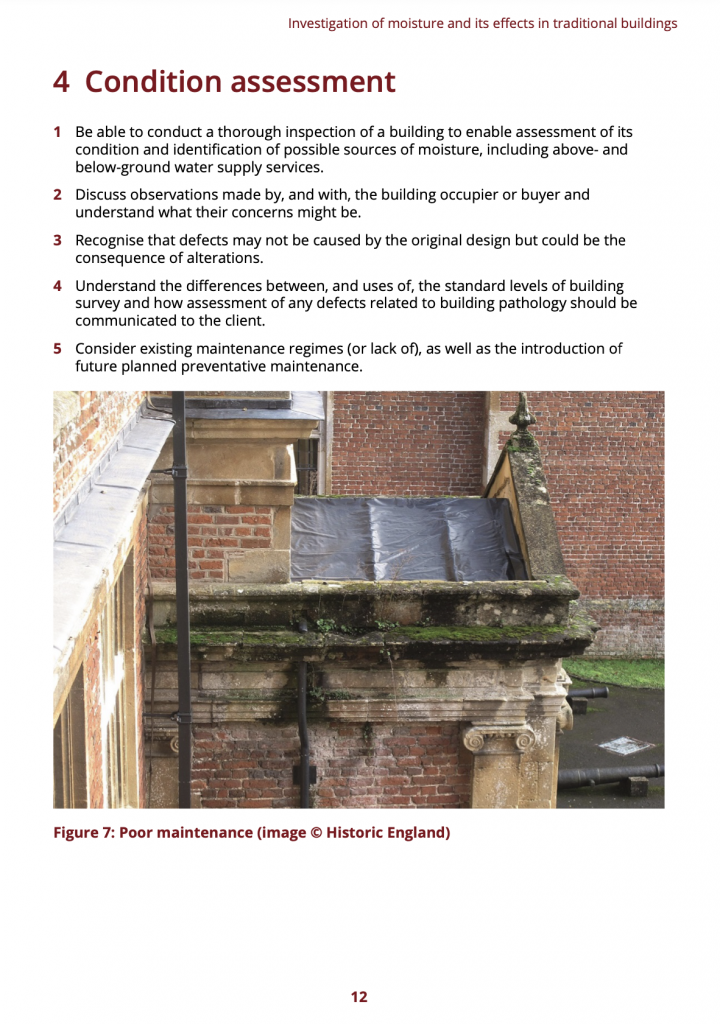
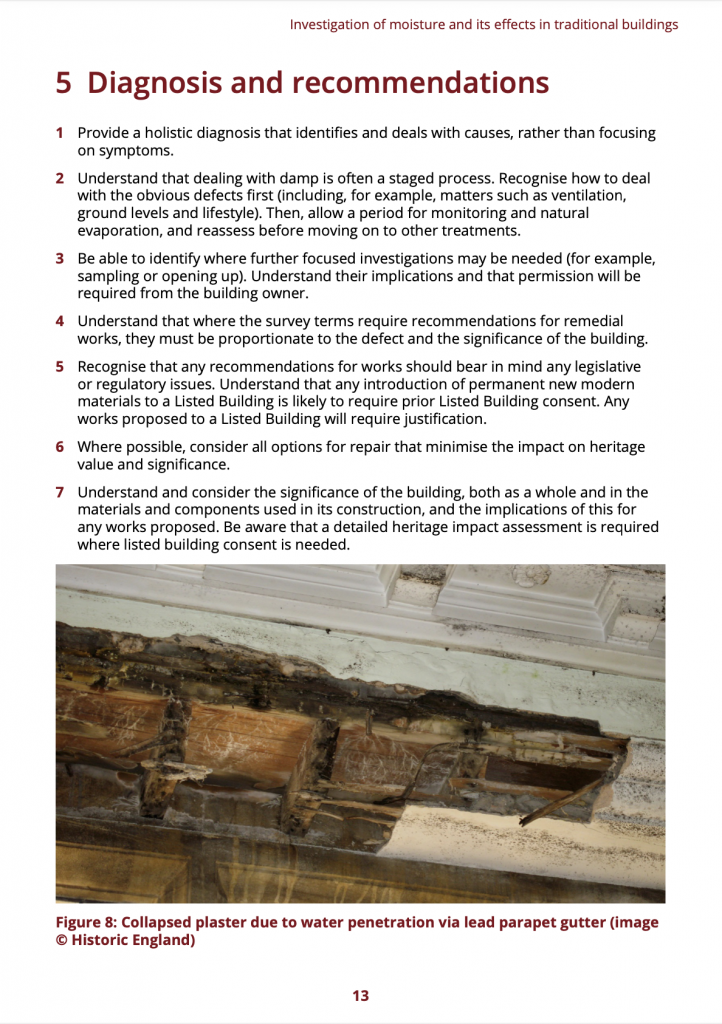
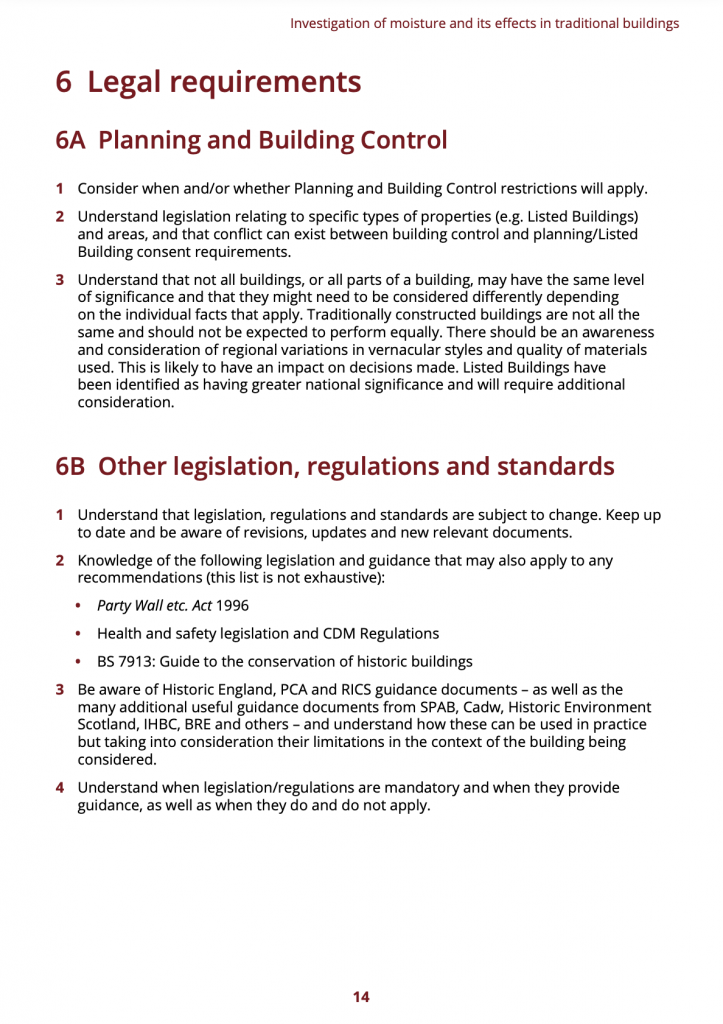
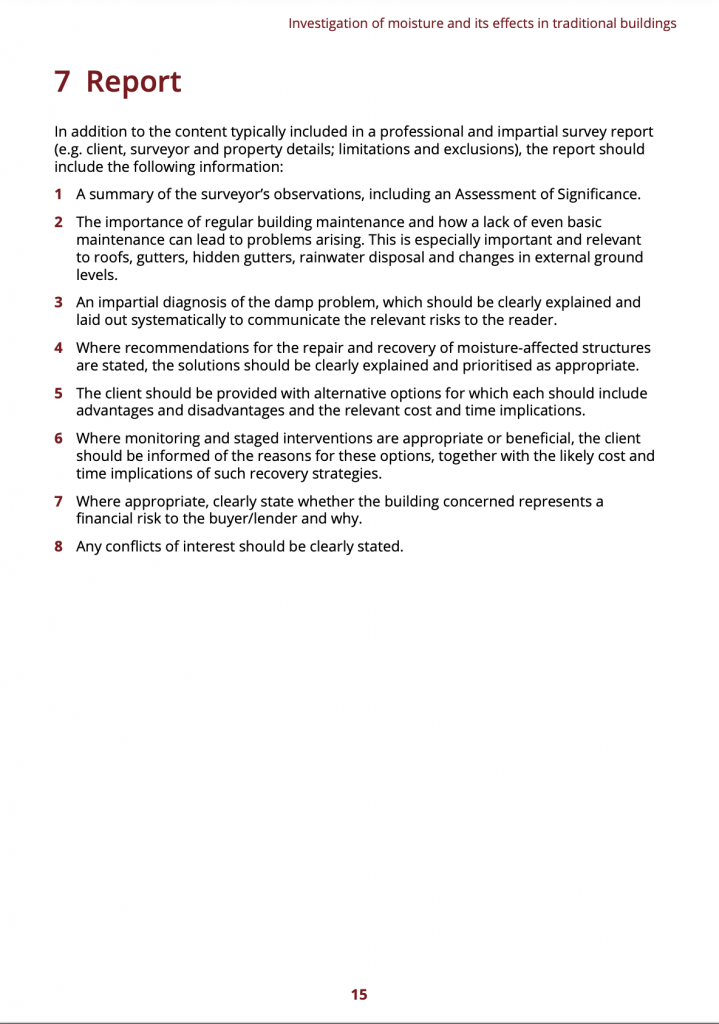
My thoughts
Personally from experience I still think it will still be a struggle to get the consumer to pay for a thorough damp investigation, that eliminates everything that could be causing excess moisture to the property. The next issue is when a property is being sold, the vendor will still not allow an invasive or disruptive damp investigation to take place……This then makes it very difficult to determine the cause and work out the costs of any repairs.
If you need a damp investigation this and other British Standards, guidance notes make it clear that a thorough investigation needs to take place eliminating potential issues before coming a conclusion, and offering damp repair advice.
I personally like the below part which is from the British Standard BS 6576:2005. All other possible causes of damp conditions should be located.
Particular attention should be paid to:
a) condensation;
b) lateral penetration associated with changes of floor/ground level;
c) leaks from roofs, gutters and downpipes;
d) faulty drains;
e) internal plumbing leaks;
f) water penetration through external walls;
g) water penetration around window frames and doors;
h) mortar droppings or debris in cavity walls;
i) history of flooding.
The above is really what is to be expected from an averagely competent damp specialist to find the root cause of damp. Once the defects/issues have been found, really only then can a specification of repair be offered. Personally I only offer invasive damp investigations so I can be sure that I can find the root cause when carrying out the initial survey, and then anything can be clarified using in house gravimetric analysis, and hygroscopic salt analysis. Make sure if you have been offered a damp survey, you get in writing exactly what they will and won’t be doing, so you know what you will be getting for your money. It is common practice for people to pay for a damp survey, only to find out afterwards that its a non invasive/disruptive type, and in the report they receive it then offers an invasive/disruptive survey and any sampling subject to additional costs, and then recommends further CCTV drain surveys, and leak detection surveys. These are the types of cheap worthless surveys that offer no diagnosis, and not recommended in the Investigation of moisture and its effects on traditional buildings.
Here are some images from the conference in regards to my presentation.
